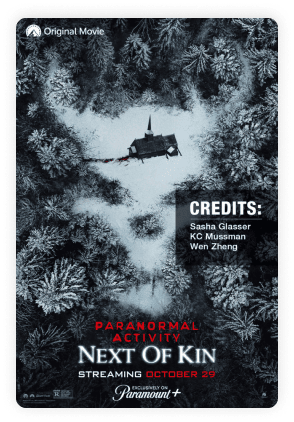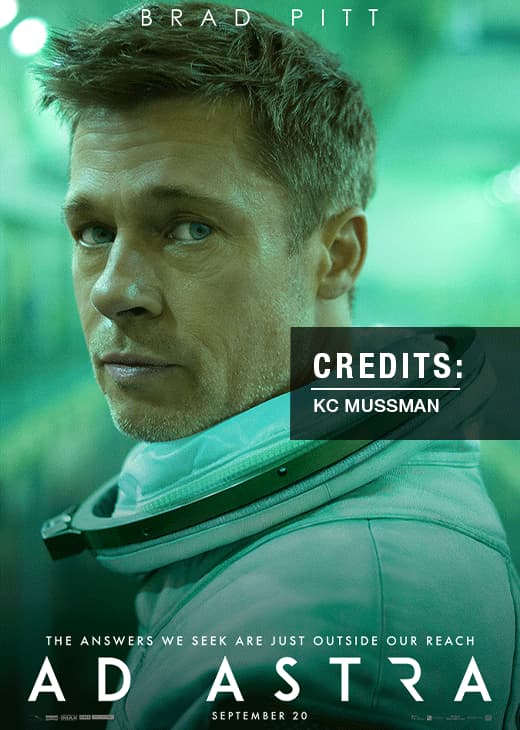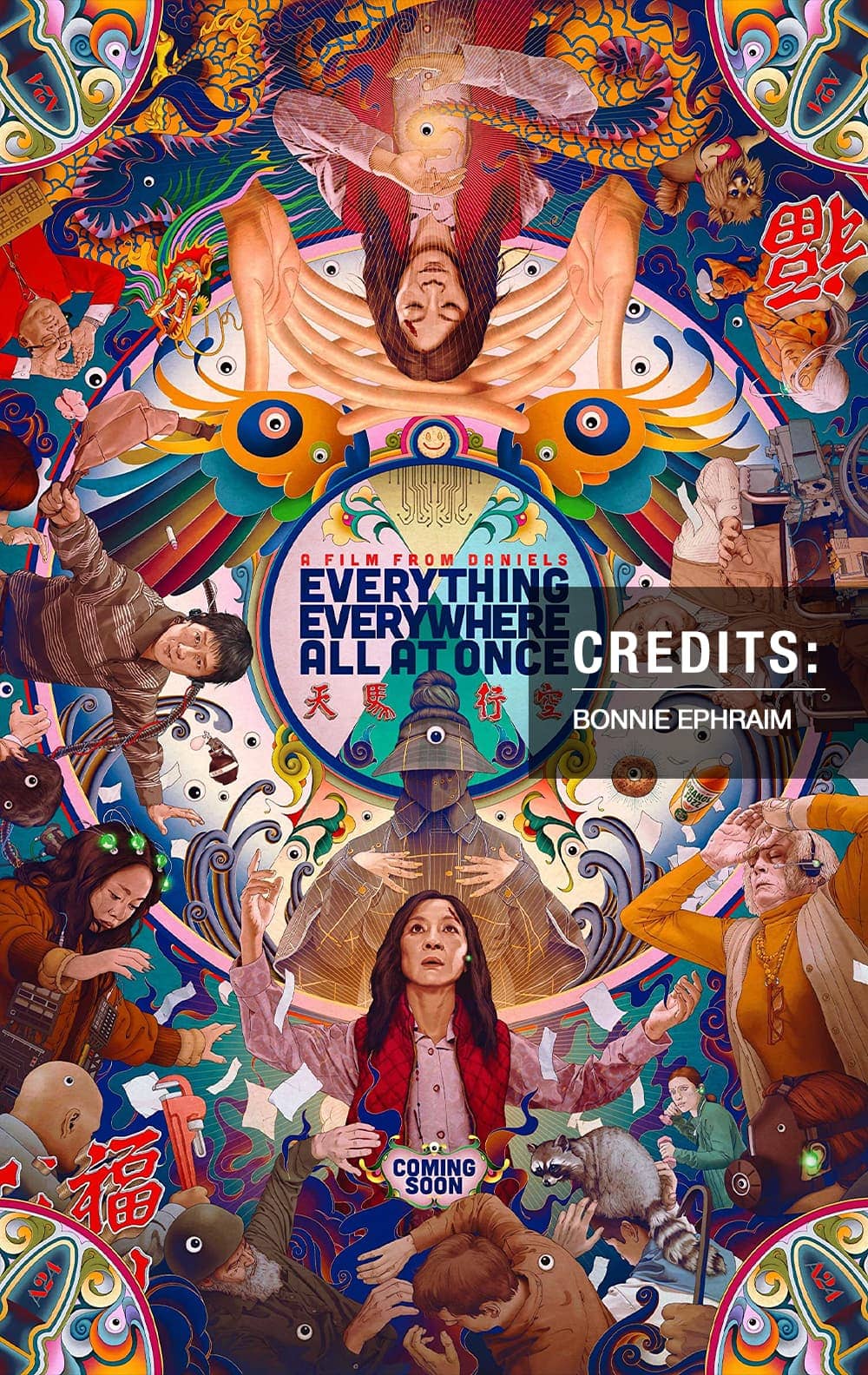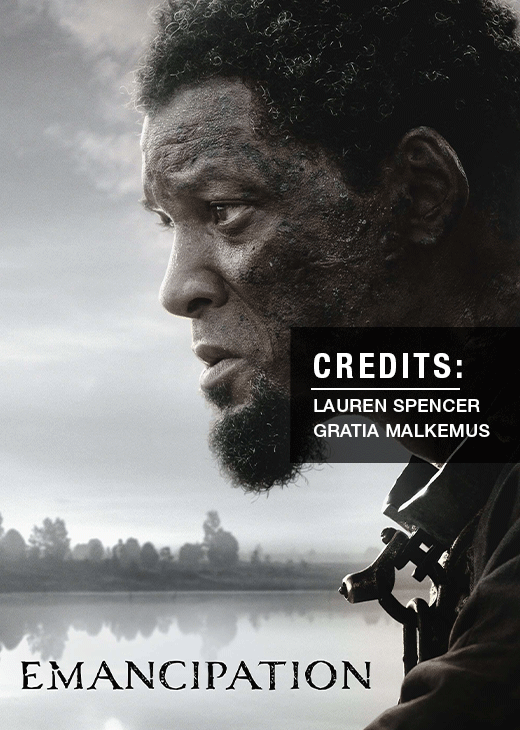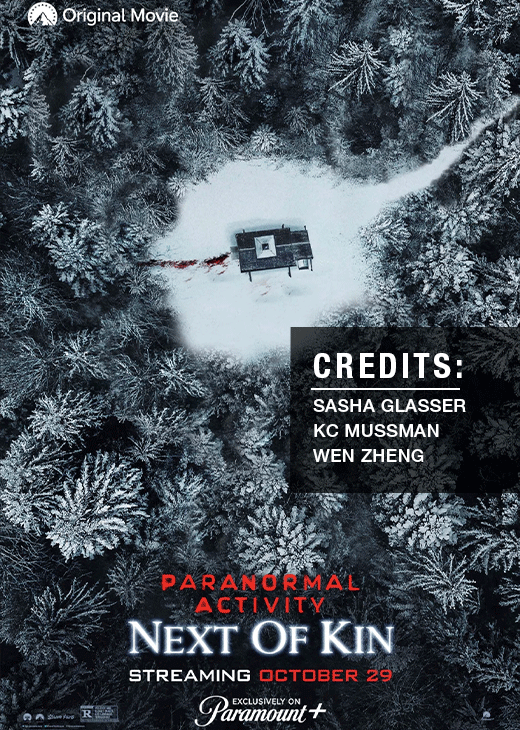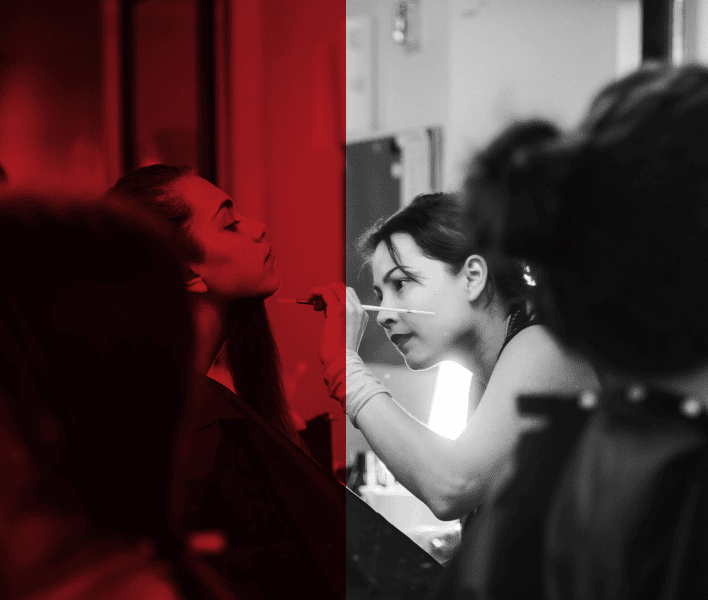Have you ever seen flawless airbrush makeup, stunning special effects, or intricate designs and thought, “This looks amazing, but is it difficult to learn?”
Many people are intrigued by the idea of airbrushing but feel unsure about how difficult it is to master. While airbrushing might seem like a skill reserved for professionals, it’s something you can learn with the right techniques and practice.
In this guide, we’ll break down everything you need to know to start your airbrush journey, from the basics to expert tips. Let’s dive in!
What Is Airbrushing?
Before going into how challenging it may be to learn, let’s first clarify what airbrushing really is:
Airbrushing is a technique that uses an air-powered spray gun to apply a fine mist of makeup, paint or dye onto a surface. It’s incredibly versatile and widely used in various fields, including:
- Beauty makeup (for a flawless finish)
- Special effects makeup (for movies, body art, and prosthetics)
- Automotive painting (to create smooth, even finishes)
- T-shirt designs (for custom artwork)
- Cake decorating (for fine details)
The beauty of airbrushing is its precision and the ability to create seamless gradients and details that traditional brushes or sponges just can’t achieve.
Whether you’re using it for makeup, art or special effects, airbrushing is all about creating smooth, beautiful and flawless results.
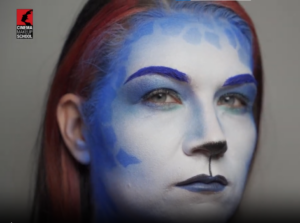
Is Airbrushing Hard to Learn?
Now, the real question: Is airbrushing difficult to master?
Like any skill, airbrushing has a learning curve.
But is it hard?
Not necessarily – it just takes time and practice to become comfortable and confident with the technique. It’s similar to learning to use any tool: it might feel tricky at first, but with consistent effort, you’ll get the hang of it.
Here’s a breakdown of what can make airbrushing challenging for beginners:
- Control – Figuring out the right amount of pressure to apply and when to apply, requires practice.
- Steadiness – A shaky hand can lead to uneven application and results.
- Maintenance – Airbrush guns need to be cleaned properly to avoid clogs, which can be tricky at first.
However, don’t let this discourage you! With the right approach and a little persistence, you can start seeing great results in just a few weeks.
Learn How To Become a Makeup Artist for Films?
At Cinema Makeup School, affiliated with the renowned Cinema Art College Corporation, we are here to help you with Special Effect Makeup Courses!
What is Airbrush Makeup?
Airbrush makeup is a lightweight, long-lasting foundation application technique that creates a smooth, flawless finish. It’s often used in film, TV, bridal makeup and editorial shoots because it provides a natural look that’s lightweight yet durable.
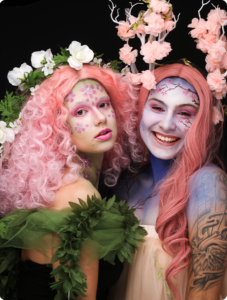
Is Airbrush Makeup Worth It?
Yes, here’s why:
- It gives you a flawless, even complexion.
- It’s lightweight and long-lasting.
- It blends seamlessly, minimizing the amount of product you need.
- It works great for all skin types (especially oily or sensitive skin).
While airbrush makeup does take practice, the results are worth it!
How Does Airbrush Makeup Work?
Instead of using traditional brushes or sponges, an airbrush gun sprays a fine mist of makeup onto the skin. This allows for buildable layers that provide great coverage without feeling heavy on the skin.
The result? A flawless, natural complexion that lasts throughout the day.
Here is how to use an Airbrush:
Step 1: Set Up Your Airbrush
- Attach the airbrush gun to the compressor.
- Add airbrush makeup.
- Adjust the pressure settings on the compressor for an optimal spray.
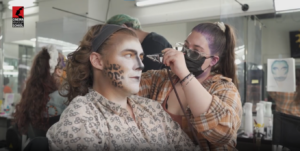
Step 2: Learn the Basic Motions
- Practice making circular motions to create smooth blending.
- Use dotting techniques for controlled application in areas like around the eyes or nose.
- Experiment with distance from the surface. Closer spraying provides heavier coverage, while spraying farther away creates lighter layers.
Step 3: Control Airflow and Pressure
- Too much pressure: Results in splattering, leading to uneven coverage.
- Too little pressure: Produces a weak, uneven spray.
Tip: Find the right balance of pressure to achieve the desired effect. Practice maintaining a steady hand to ensure smooth and consistent results.
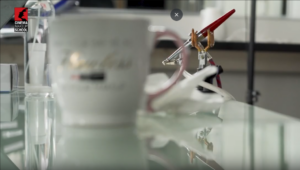
Beginner-Friendly Airbrush Techniques
Once you understand the basics, it’s time to try out some beginner-friendly airbrush techniques that will help you build your skills:
1. Freehand Airbrushing
This technique is perfect for blending colors and creating soft shading. It’s commonly used in makeup and fine art applications.
2. Stencil Airbrushing
Use stencils for creating sharp lines, patterns and intricate designs. This is popular in special effects makeup, T-shirt painting and even custom art.
3. Gradient and Blending Techniques
By adjusting pressure and distance from the surface, you can create smooth color transitions. This is a must-know technique for beauty makeup, prosthetic painting and automotive design.
Check Out: Top 5 Tips for Beginner Makeup Artists
Common Mistakes New Learners Make (And How to Fix Them!)
You may make a few mistakes along the way, and that’s okay – it’s all part of learning. Let’s talk about these common errors and learn to avoid them:
-
Holding the Airbrush Too Close or Too Far
Solution: Keep a consistent distance, around 6 to 12 inches for makeup applications, and about 3 to 6 inches for detailed designs.
-
Applying Too Much Product Too Quickly
Solution: Apply light layers and build up gradually. Building up layers is simpler than removing excess product!
-
Not Cleaning the Airbrush Properly
Solution: Clean your airbrush after every use to prevent clogs and keep your tool in good working condition.
-
Not Adjusting the Air Pressure
Solution: Lower pressure works better for fine details, while higher pressure is ideal for covering large areas.
-
Using the Wrong Paint or Foundation for Airbrush
Solution: Make sure you’re using products specifically designed for airbrushing, as regular makeup or paint may clog the nozzle.
-
Not Practicing Control of the Trigger
Solution: Airbrush guns typically have a trigger to control airflow and product flow. So, practice controlling the trigger to gradually increase or decrease the amount of product being sprayed.
How Long Does It Take to Learn Airbrushing?
Short answer: A few weeks to get comfortable and a few months to master. The key to speeding up your learning process is practicing regularly. The more often you use your airbrush, the quicker you’ll become comfortable with the motions, pressure, and spray control.
Start simple with basic techniques, and as you build confidence, you can gradually move on to more complex designs.
Airbrushing Workshop: Learn the Basics in One Week!
Join as a Student to Become an Alumni: Cinema Makeup School
If you’re eager to master the art of airbrushing, choosing the right place to learn is essential.
As a part of the prominent Cinema Art College Corporation, Cinema Makeup School offers world-class training in airbrush techniques.
Our experienced instructors and state-of-the-art equipment ensure you receive top-notch education, covering everything from the fundamentals of airbrushing to advanced special effects.
The skills you acquire can help you launch a successful career in film, television, fashion or even as a personal artist.
Ready to start your journey? Join us and learn from the best!
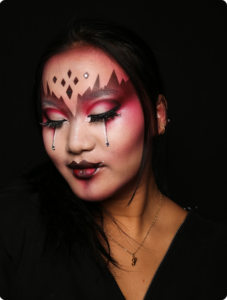
FAQs
1. Do I need expensive equipment to start?
Not at all! We offer affordable, beginner-friendly airbrush kits that provide everything needed to get started without a hefty investment. Begin your airbrush journey without breaking the bank!
2. What’s the difference between airbrush makeup and traditional makeup?
Airbrush makeup is applied using a spray gun, delivering a fine mist for lighter, more even coverage. In contrast, traditional makeup is typically applied with brushes or sponges, offering buildable coverage.
3. Is airbrushing only for professionals?
Not at all! Airbrushing is for everyone, whether you’re a complete beginner, a hobbyist or someone looking to go professional. With a bit of practice and the right equipment, anyone can create stunning artwork, smooth finishes and intricate details. Many starter kits and tutorials make it easy to learn, so don’t be intimidated – just dive in and have fun!


